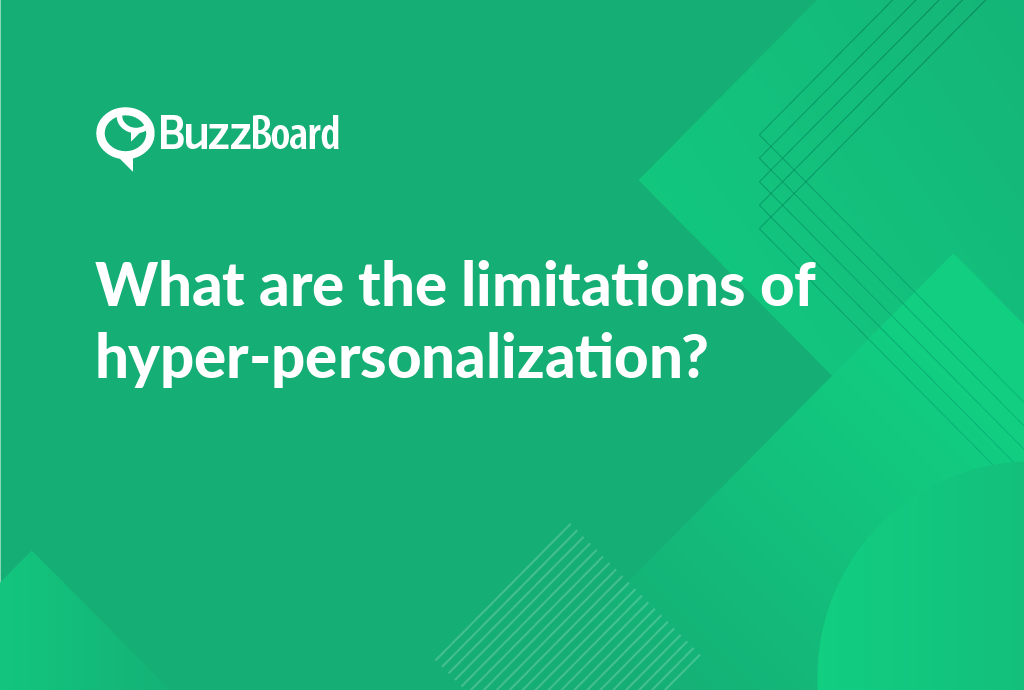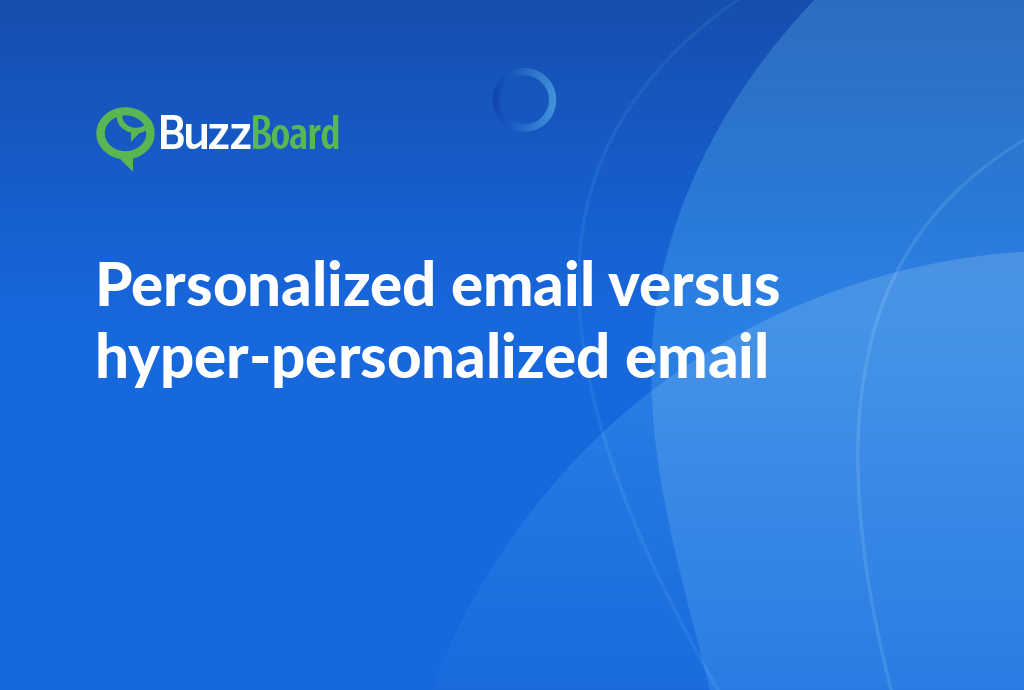Understanding the Concept of Hyper-Personalization and Its Significance in the Digital Marketing Industry
Understanding the concept of hyper-personalization and its significance in the digital marketing industry is vital for sales representatives. Hyper-personalization involves using real-time data to provide each customer with a personalized product or service. It has revolutionized digital marketing, creating unique experiences that foster customer relationships, enhance brand loyalty, and drive sales.
However, hyper-personalization has some limitations. Its effectiveness often depends on the quality and accuracy of the data collected. Inaccurate customer profiles could lead to inappropriate targeting or missed opportunities. There are also high costs attached to data collection and analysis, and privacy concerns and regulations pose additional challenges.
Despite these constraints, the potential of hyper-personalization is undeniable. It enables businesses, particularly small and local ones, to compete in a crowded market by providing customized solutions. Hyper-personalization also disrupts the one-size-fits-all marketing model, fostering deeper customer relationships by addressing specific needs and integrating seamlessly into their lifestyle.
In the digital marketing realm, where customers are inundated with options, the power of hyper-personalization should not be underestimated. Its efficiency and effectiveness as a sales tool largely hinge on a marketing agency’s ability to overcome its limitations and optimize its potential.
Exploring the Various Capabilities of Hyper-Personalization and How They Aid in Meeting Client’s Specific Needs
In the digital marketing landscape, understanding the wide-ranging capabilities of hyper-personalization and harnessing it to meet the unique needs of small and local businesses is crucial. Hyper-personalization is a strategic approach that utilizes real-time and behavior-driven data to produce highly targeted and relevant content, services, and offers for users.
However, it’s essential to recognize the limitations of hyper-personalization. While it’s a powerful tool for user engagement, it demands a considerable amount of data, robust analytics, and creative capacity. Overextending hyper-personalization without sufficient resources could lead to users feeling overwhelmed or alienated due to excessive personalized content.
Numerous digital marketing agencies are pioneering innovative applications of this technology, honing their messages to unprecedented levels of precision. Nevertheless, thoughtful execution is crucial to avoid potential pitfalls. A prominent success story of hyper-personalization involves social media advertising. Leveraging customer data allows businesses to fine-tune advertisements to individual interests, leading to higher engagement and conversion rates.
Hyper-personalization can undoubtedly enhance client outcomes, but it’s critical to understand that it isn’t a universal solution. A meticulous assessment of your client’s specific needs and resources will ensure the most effective application of this potent tool.
Discussing the Limitations of Hyper-Personalization and Their Impacts on the Effectiveness of Digital Marketing
In the realm of digital marketing, hyper-personalization has rapidly gained significant traction. It has opened up new and effective routes for reaching potential clients, but it’s crucial to understand its limitations. This knowledge aids sales representatives at digital marketing agencies in creating practical strategies, especially when dealing with small and local businesses.
The primary limitations of hyper-personalization lie in its scalability. No matter how hard we try, there’s a limit to the utility of segmentation strategies. Beyond a certain point, more data doesn’t necessarily equate to better results, and it can even hinder the marketing effort. Hyper-personalization’s capabilities include precise ad targeting, but an overly focused approach risks repelling potential customers due to perceived invasion of privacy or overreach.
Moreover, not every application is well-suited to hyper-personalized strategies. Some products or services appeal to a broad market and do not stand to benefit from honing in on minute customer segments. For such businesses, generalized advertising often proves more productive, cost-effective, and less intrusive.
Despite the undeniable power of hyper-personalization in digital marketing, understanding its limitations allows for crafting more well-rounded strategies. One mustn’t be drawn into the illusion of hyper-personalization as a panacea for all marketing issues. It is indeed a potent tool, but only when employed judiciously.
Analyzing the Concept of Stretching the Capacity of Hyper-Personalization and Whether It Leads to Its Limitations
Hyper-personalization is a strategy that leverages AI and real-time data to provide more personalized and targeted user experiences. As this capability continues to evolve, sales representatives at digital marketing agencies are pushing their boundaries to provide tailored solutions to small and local businesses. However, this stretch can test the limitations of hyper-personalization.
A closer look at hyper-personalization reveals its immense potential for small businesses. It can offer local businesses the capability to segment their customer base more accurately, present dynamic product recommendations, and deliver personalized communications that connect with consumers on a more individual level.
Interestingly, stretching the limits of hyper-personalization can lead to over-personalization, which risks customer alienation due to the feeling of intrusive marketing, consequently hurting the customer relationship. In their zeal to know more about customers, businesses may infringe upon client privacy. This could deter small enterprises from fully adopting hyper-personalization without considering its impact on customer relations.
Therefore, it is crucial for agencies to find a balance between personalization and privacy, understanding the limitations of hyper-personalization while examining its numerous applications. Agencies must consider both these aspects to optimize the benefits of hyper-personalization and minimize its downsides.









